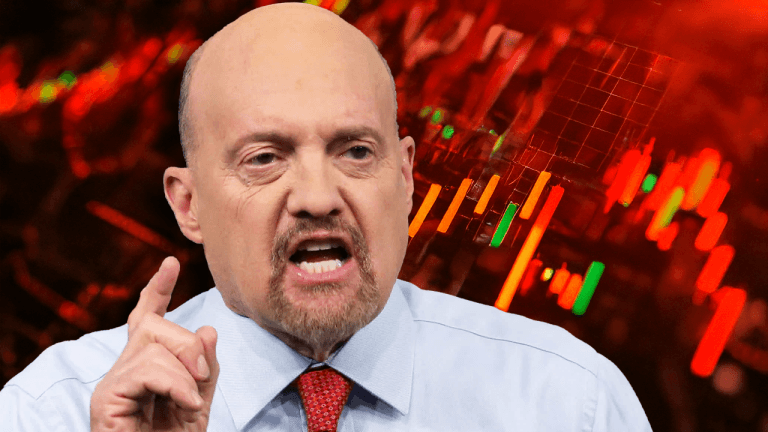 MiCA’s mistake: EU policy encourages US dollar dominance Eneko Knörr · 5 seconds ago · 2 min read
MiCA’s mistake: EU policy encourages US dollar dominance Eneko Knörr · 5 seconds ago · 2 min read
Stricter regulations on euro-stablecoins may paradoxically strengthen USD's global financial dominance, highlighting MiCA's unintended consequences.

Cover art/illustration via CryptoSlate. Image includes combined content which may include AI-generated content.
The following is a guest post and opinion of Eneko Knörr, CEO and Co-Founder of Stabolut.
The European Union’s Markets in Crypto Assets (MiCA) regulation was intended to establish clarity and safety within the crypto landscape. Yet, paradoxically, its overly restrictive stance on euro-denominated stablecoins could inadvertently secure the U.S. dollar’s continued dominance in global finance.
Stablecoins have become indispensable in the global digital economy, enabling fast, transparent, and borderless transactions. Currently, more than 99% of the stablecoin market is pegged to the U.S. dollar. Rather than challenging this monopoly, Europe’s MiCA regulation makes it increasingly difficult for euro-backed stablecoins to gain significant traction.
While openly declaring “we don’t want stablecoins, as we want to push our CBDC” would have faced severe criticism, MiCA cleverly achieves nearly the same result by imposing such strict regulatory constraints that euro-stablecoins become practically unfeasible.
The effect is subtle yet clear—MiCA effectively suppresses private euro-stablecoin innovation in favor of a central bank digital currency. This regulatory environment has inadvertently provided a major advantage to USD-stablecoins, reinforcing the U.S. dollar’s position as the world’s primary transactional currency. Despite narratives around declining dollar dominance, stablecoins are fueling a renaissance for USD, embedding it deeper into the global financial fabric.
Interestingly, this is happening at a time when BRICS countries and even the EU itself are actively seeking to challenge the dominance of the U.S. dollar in global markets. Ironically, however, as global trade moves increasingly toward blockchain-based transactions, the importance of stablecoins is increasing dramatically.
Strong USD-backed stablecoins will play a pivotal role in ensuring that the dollar maintains—or even expands—its global market share.
In contrast, Europe’s ambition to elevate the euro through a CBDC misses the mark entirely. The EU’s belief that a euro CBDC will succeed and significantly enhance the euro’s global influence is not only misguided but naive.
A CBDC might seem innovative on paper, but history suggests government-led initiatives struggle to match the creativity, efficiency, and adaptability of private-sector innovation. Furthermore, CBDCs inherently raise concerns around privacy, governmental overreach, and consumer autonomy.
It’s genuinely saddening to realize Europe is missing this critical point.
The U.S. appears to understand this dynamic clearly. By resisting the temptation to launch a federal CBDC and instead fostering private stablecoins, American regulators are ensuring that innovation remains swift, market-driven, and globally competitive.
Europe’s misstep with MiCA isn’t merely a missed economic opportunity; it’s a strategic error that could have profound geopolitical implications. By stifling euro-stablecoins, Europe inadvertently reinforces USD dominance at precisely the moment when a viable, globally accepted euro-stablecoin could offer meaningful competition and diversity.
While policymakers may believe they’re safeguarding the financial system, in reality, they’re building a regulatory moat around irrelevance. As crypto adoption accelerates globally, capital, talent, and innovation are flowing to jurisdictions that embrace experimentation. Europe’s cautious overreach risks turning it into a spectator in the next era of financial infrastructure—watching from the sidelines as others write the rules.
If Europe is serious about the euro’s global standing, it must reconsider its approach. The future of money will likely be shaped by those who empower innovation rather than those who restrict it. Unfortunately for Europe, MiCA might just turn out to be the best thing to ever happen to the U.S. dollar.

 By CryptoSlate | Created at 2025-04-05 11:12:59 | Updated at 2025-04-06 00:31:37
13 hours ago
By CryptoSlate | Created at 2025-04-05 11:12:59 | Updated at 2025-04-06 00:31:37
13 hours ago










